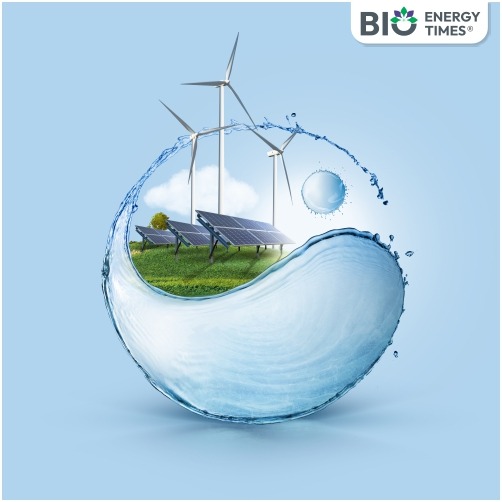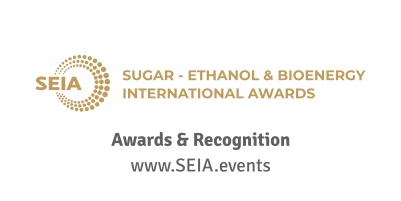The Ministry of New and Renewable Energy (MNRE) has issued revised guidelines for the Waste-to-Energy (WtE) Programme under the National Bioenergy Programme. These revisions are aimed at building a more efficient, transparent, and performance-based framework for deploying Bio Waste to Energy projects across India. By streamlining procedures and linking financial assistance to project performance, the new guidelines are set to enhance ease of doing business for both public and private sector players, according to the PIB press release.
A significant focus of the revised framework is simplifying administrative processes. The Ministry has reduced paperwork and eased approval norms, which is expected to particularly benefit Micro, Small, and Medium Enterprises (MSMEs) involved in producing compressed biogas (CBG), biogas, and power from waste. These updates also support India’s broader environmental goals, including improved waste and stubble management and the country’s commitment to achieving net-zero emissions by 2070.
One of the most notable changes is the restructured approach to disbursing Central Financial Assistance (CFA). Acknowledging the operational challenges many developers face in reaching 80% generation capacity, the revised policy allows for more flexible, performance-based financial support. Now, CFA can be released in two stages. The first 50% will be provided upon receipt of the “Consent to Operate” certificate from the State Pollution Control Board and submission of a bank guarantee. The remaining 50% will be released after the plant reaches 80% of its rated or eligible CFA capacity, whichever is lower.
Crucially, if a plant does not hit the 80% threshold, CFA may still be disbursed on a pro-rata basis, depending on actual output. However, no assistance will be granted if the plant operates below 50% Plant Load Factor (PLF). This flexible model acknowledges practical constraints and aims to support developers with more realistic funding options.
Inspection procedures have also been revised to promote credibility and transparency. All performance inspections will now be conducted jointly, led by the National Institute of Bio-Energy (SSS-NIBE), an autonomous body under MNRE, and supported by either State Nodal Agencies (SNAs), Biogas Technology Development Centers (BTDCs), or other MNRE-approved agencies. For developers not seeking advance CFA, only a single inspection is now required, which helps cut down on project delays.
Additionally, the updated norms provide more flexibility in the timeline for claiming CFA. Developers can now submit claims within 18 months from either the commissioning date or the date of receiving in-principle CFA approval—whichever is later.
Overall, the revised guidelines mark a forward-looking move by MNRE to strengthen India’s clean energy ecosystem. By tying financial support to operational performance, minimizing compliance burdens, and improving fund accessibility, the government aims to create a more supportive environment for Waste-to-Energy projects. This initiative is expected to accelerate the deployment of sustainable waste management solutions and contribute meaningfully to India’s renewable energy targets.
















